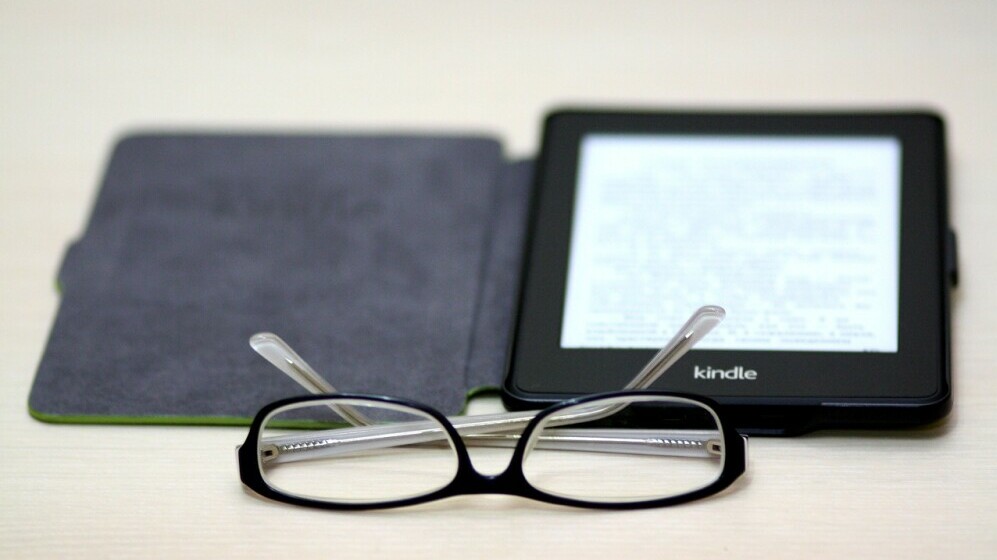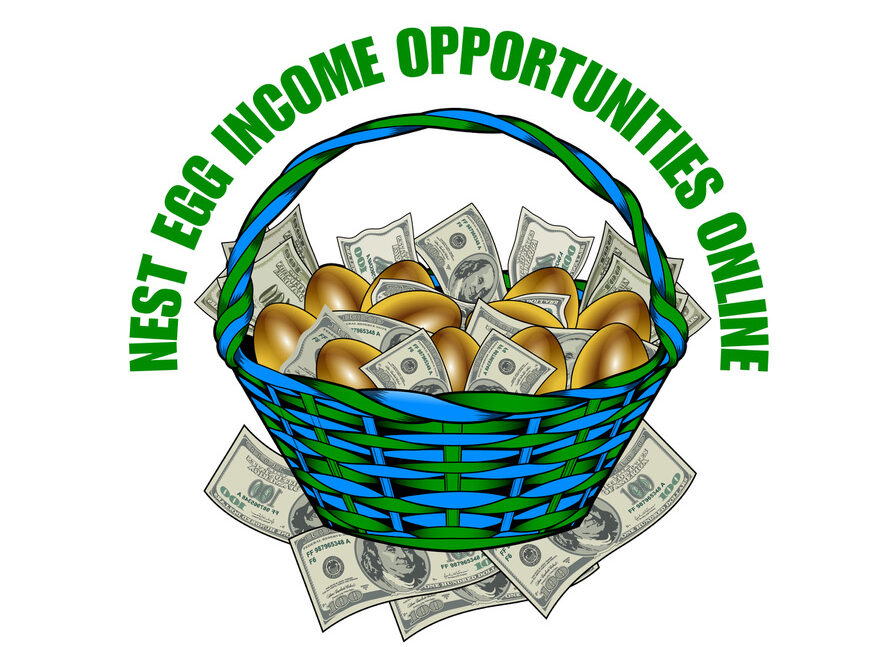In today’s fast-paced world, technology has revolutionized the way we consume information. One of the most significant advancements in the realm of reading has been the rise of e-books. These digital treasures provide a convenient, portable, and eco-friendly way to indulge in your favorite stories anytime, anywhere. Whether you’re a seasoned e-book enthusiast or just dipping your toes into the digital reading world, this ultimate guide will equip you with everything you need to know about e-books.
What Are E-Books?
E-books, short for electronic books, are digital versions of printed books that can be read on various electronic devices such as e-readers, smartphones, tablets, and computers. These digital files typically come in formats like PDF, ePub, MOBI, and AZW, each offering different features and compatibility with devices.
Benefits of E-Books
- Portability: With an e-book, you can carry an entire library in your pocket. No more lugging around heavy books when traveling or commuting.
- Space-saving: E-books eliminate the need for physical storage space. Say goodbye to cluttered bookshelves.
- Adjustable Text: Customize the font size and style to suit your reading preferences, making it easier for those with visual impairments.
- Search Functionality: Easily search for specific keywords, phrases, or passages within an e-book for quick reference.
- Interactive Features: Some e-books come with multimedia elements, hyperlinks, and annotations, enhancing the reading experience.
How to Access E-Books
There are several ways to access e-books:
- E-Book Retailers: Platforms like Amazon Kindle, Apple Books, Google Play Books, and Barnes & Noble offer a wide selection of e-books for purchase.
- Public Libraries: Many libraries now offer e-books for borrowing through digital platforms like OverDrive or Libby.
- Free E-Book Websites: Websites such as Project Gutenberg, Open Library, and ManyBooks provide a vast collection of free e-books in the public domain.
- Self-Publishing Platforms: Authors can self-publish their works as e-books through platforms like Smashwords, Lulu, or Draft2Digital.
E-Reader Devices

While you can read e-books on various devices, dedicated e-readers offer a superior reading experience due to their e-ink displays that mimic the look of paper. Popular e-reader devices include:
- Amazon Kindle: Known for its extensive library and user-friendly interface.
- Kobo: Offers a range of e-readers with features like waterproofing and adjustable color temperature.
- Barnes & Noble Nook: Combines e-reading with tablet functionalities for a versatile device.
Tips for Enhancing Your E-Book Experience
- Adjust Display Settings: Experiment with brightness, font size, and background color to reduce eye strain.
- Utilize Bookmarks and Annotations: Mark important passages or take notes directly in the e-book.
- Try E-Book Subscription Services: Platforms like Kindle Unlimited and Scribd offer unlimited access to a vast library of e-books for a monthly fee.
The Future of E-Books
As technology continues to advance, the future of audio and digital books looks promising. We can expect to see:
- Enhanced Interactivity: E-books may incorporate more multimedia elements, gamification, and social features.
- Augmented Reality (AR) Integration: Imagine stepping into the world of your favorite e-book through AR technology.
- Personalization: E-books tailored to individual reading habits and preferences, offering a truly immersive experience.
Creating An Income From Publishing E-Books
In today’s digital age, publishing digital or audio-based books has become a lucrative avenue for individuals seeking to generate income and share their expertise or creativity with a global audience. Whether you’re an aspiring author, an expert in your field, or someone with a passion for storytelling, publishing online offers a cost-effective and accessible way to reach readers worldwide. Here’s a comprehensive guide on how to get started and maximize your earnings from publishing e-books.
Authors Creation Process
- Outline Your Book:
Before diving into the writing process, outline your e-book to establish a clear structure and flow of ideas. Define your target audience, identify the main themes or topics you’ll cover, and create a chapter-by-chapter outline to guide your writing process. - Writing Process:
Depending on your writing skills and time availability, you have several options for creating the content of your e-book:
- Self-Writing: If you’re confident in your writing abilities and have the time to dedicate to the project, consider writing the e-book yourself.
- Hiring a Copywriter: If writing isn’t your strong suit, you can hire a copywriter to help you craft compelling content for your e-book.
- Ghostwriting: Another option is to work with a ghostwriter who will write the e-book on your behalf, based on your ideas and guidelines.
Resources and Financials
- Finding Writing Resources:
Platforms like Upwork, Freelancer, and Reedsy are excellent resources for finding skilled copywriters, ghostwriters, and editors to assist you in the writing and editing process. Browse through profiles, read reviews, and communicate with potential candidates to find the right fit for your project. - Budgeting:
The cost of producing an e-book of 10,000 words can vary depending on factors such as the writer’s experience, the complexity of the topic, and the level of research required. On average, you can expect to spend anywhere from $500 to $2,000 for professional writing services. Be sure to discuss pricing and payment terms with your chosen writer upfront to avoid any misunderstandings. - Choosing the Right Platform:
Once your e-book is written and edited, it’s time to publish and distribute it to your audience. Popular platforms for self-publishing e-books include Amazon Kindle Direct Publishing (KDP), Apple Books, Barnes & Noble Press, and Smashwords. Evaluate each platform’s royalty rates, publishing requirements, and audience reach to determine the best fit for your publication. - Types of E-Books That Sell Well:
E-books come in various formats and genres, but some types tend to perform better in the digital market:
- Non-Fiction Guides and How-To Manuals: Practical guides and instructional manuals on topics such as self-help, business, health, and personal development are highly sought after by readers looking for actionable advice and solutions.
- Fictional Stories and Novellas: Engaging fiction in genres like romance, mystery, thriller, and science fiction captivate readers’ imaginations and keep them coming back for more.
- Specialized Knowledge and Expertise: E-books that share specialized knowledge, expertise, or insights on niche topics can attract a dedicated audience eager to learn from industry experts.
By following these steps and leveraging the available resources and platforms, you can create and publish e-books that resonate with your audience, generate passive income streams, and establish yourself as a credible author in your field. Whether you’re looking to share your expertise, tell compelling stories, or offer practical advice, the world of e-book publishing offers endless opportunities for aspiring authors and entrepreneurs alike.
The Bottom Line
In conclusion, e-books have transformed the way we read and access information, offering unparalleled convenience and flexibility. Whether you’re a dedicated bookworm or a casual reader, embracing digital reading through e-books opens up a world of possibilities. So, grab your favorite e-reader, download an e-book, and embark on a literary journey like never before. Dive into the endless realm of e-books and discover the joy of digital reading today!

